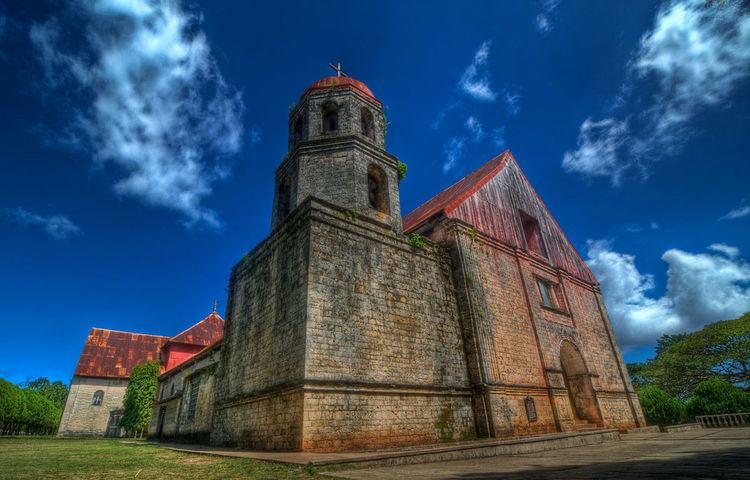Denomination Roman Catholic Functional status Active Archbishop José S. Palma | Country Philippines Founded 1857 Opened 1884 | |
 | ||
Archdiocese Roman Catholic Archdiocese of Cebu Similar Cambugahay Falls, Boljoon Church, Salagdoong Beach Resort (C, Capilay Spring Park, Century Old Balete Tree | ||
Siquijor island balete tree lazi church water falls philippines s2 ep30
The San Isidro Labrador Parish Church (Spanish: Iglesia Parroquial de San Isidro Labrador), commonly known as Lazi Church, is a Roman Catholic church in the municipality of Lazi, Siquijor, Philippines within the jurisdiction of the Diocese of Dumaguete. It became an independent parish in 1857 under the advocacy of Saint Isidore the Laborer
Contents
- Siquijor island balete tree lazi church water falls philippines s2 ep30
- Siquijor guide black magic waterfall and lazi church
- History
- Architecture
- Convent
- Historical and cultural declarations
- References
The church, also known for its huge convent, was declared a National Cultural Treasure by the National Museum of the Philippines. It is also nominated for the UNESCO World Heritage Tentative List since 2006 under the collective group of Baroque Churches of the Philippines (Extension) together with the churches of Boljoon, Guiuan, Loboc and Tumauini.
Siquijor guide black magic waterfall and lazi church
History
Lazi (formerly Tigbawan) became an independent parish from Siquijor on August 8, 1857. The present stone church was built in 1884 by Filipino artisans followed by the bell tower in the following year. The construction of the convent was made with coral stones and hardwood, commenced in 1887 and completed in 1891. Both the church and the convent were done under the direction of Recollect priest Father Toribio Sánchez.
Architecture
The church is built of sea stones and wood. It belongs to the neoclassical style. It has two pulpits and has retained its original retablo and wood florings.
Convent
The U-shaped bahay na bato convent is one of the largest convents built during the Spanish colonial era. On its first floor are stonewalls while wood panels can be found on the second floor. Its dimension is 42 metres (138 ft) by 38 metres (125 ft). It is funded by donations from parishes and missions of the Recollects. Partitions of the convent were removed but the original structure was maintained. It now houses the Siquijor Heritage Museum which has collections of important church relics and paraphernalia.
Historical and cultural declarations
Lazi Church was declared a National Cultural Treasure by the National Museum of the Philippines in 2012. It was also declared a National Historical Landmark by the National Historical Commission of the Philippines in 1984. It is also nominated to be part of the UNESCO World Heritage Sites of the Philippines under the Baroque Churches of the Philippines (Extension) with the churches of Patrocinio de María in Boljoon, Cebu; La Inmaculada Concepción in Guiuan, Eastern Samar; San Pedro Ápostol in Loboc, Bohol and San Mattias in Tumauini, Isabela.
